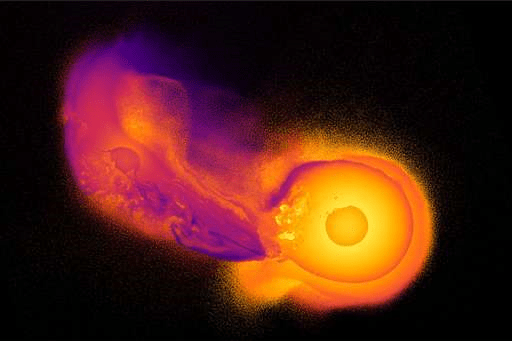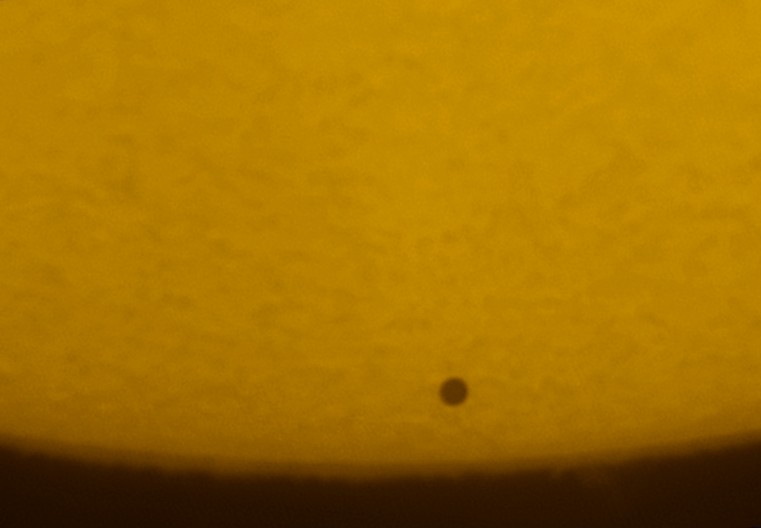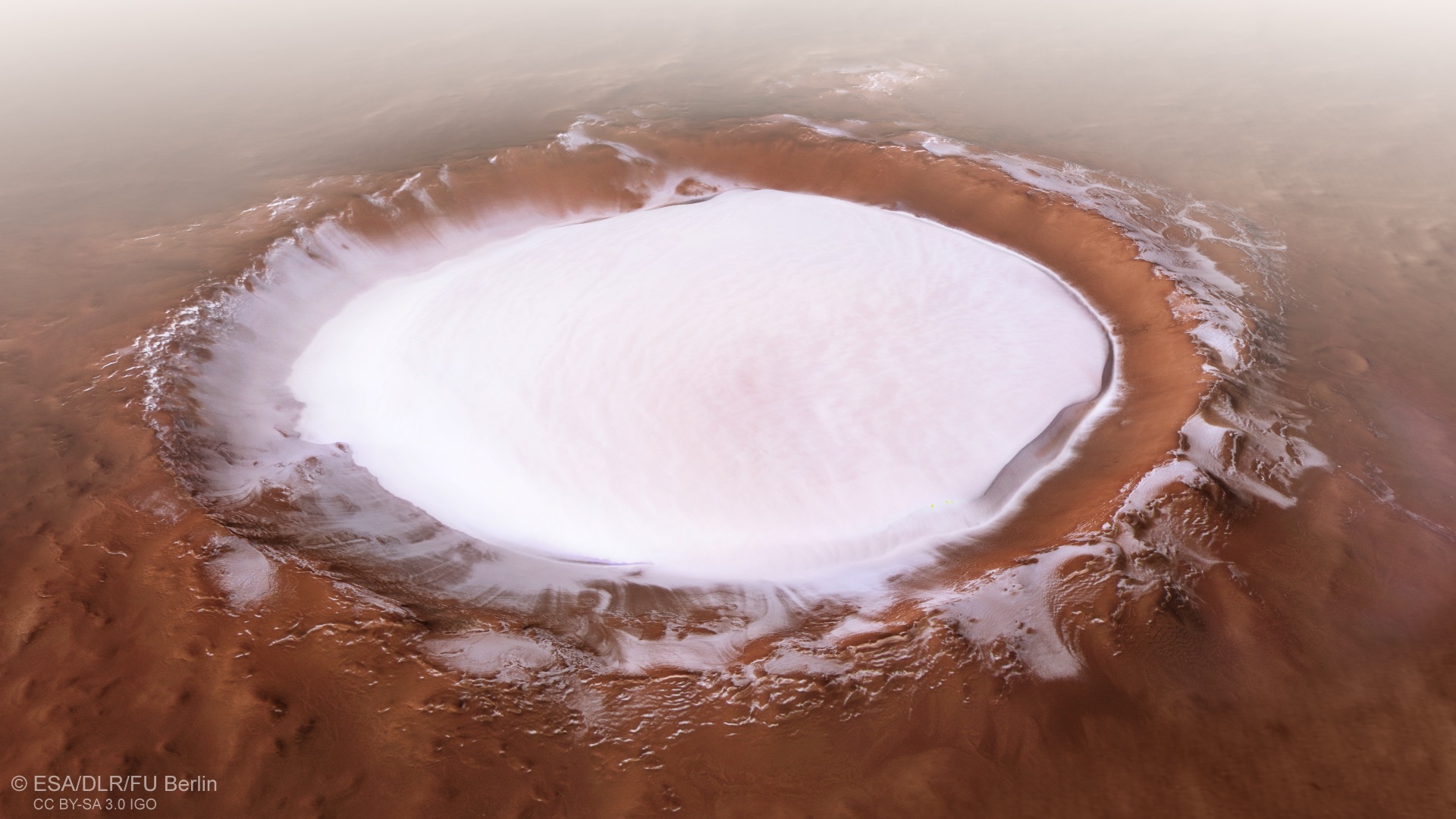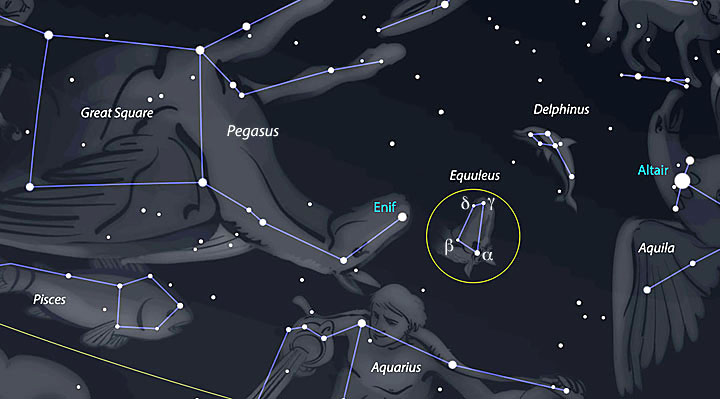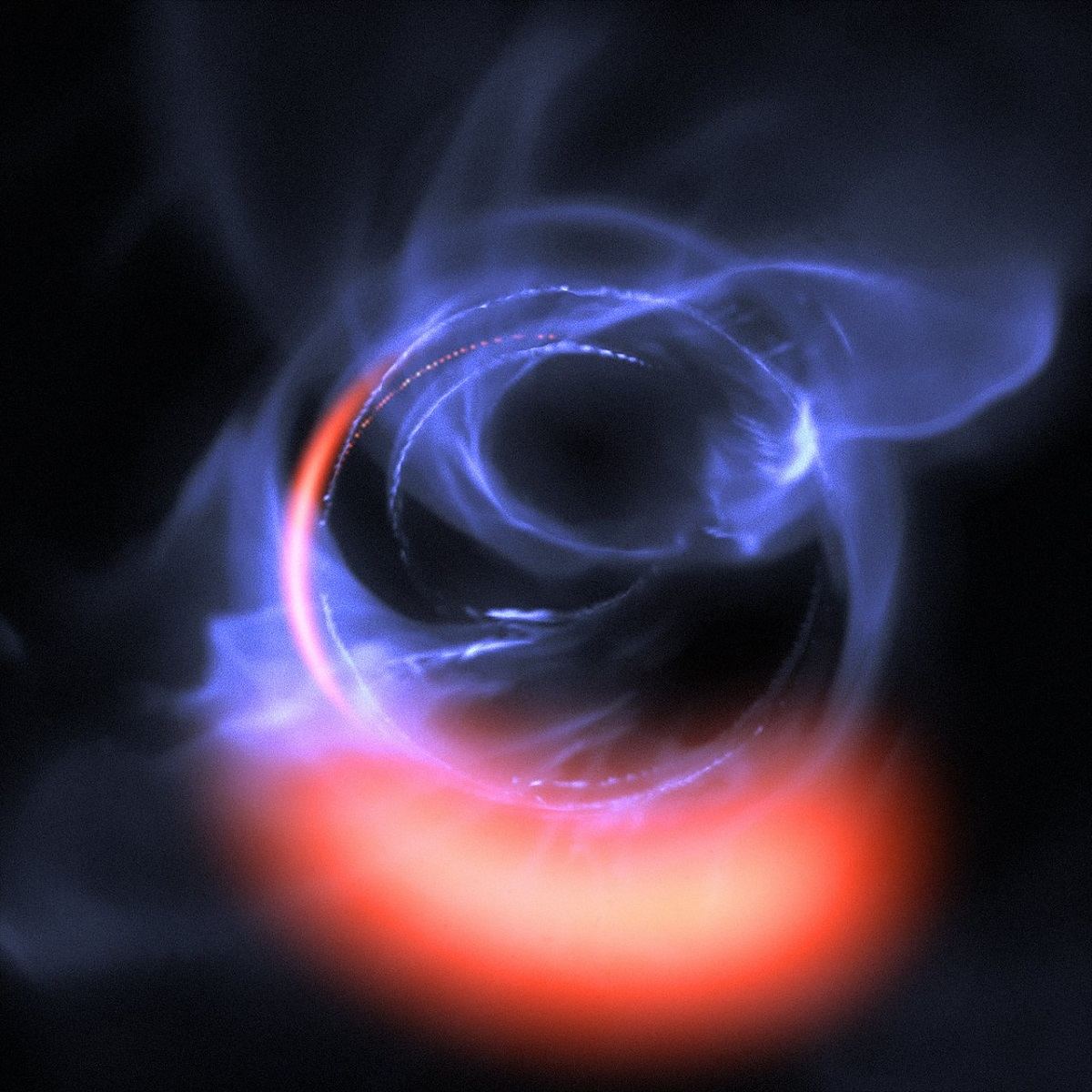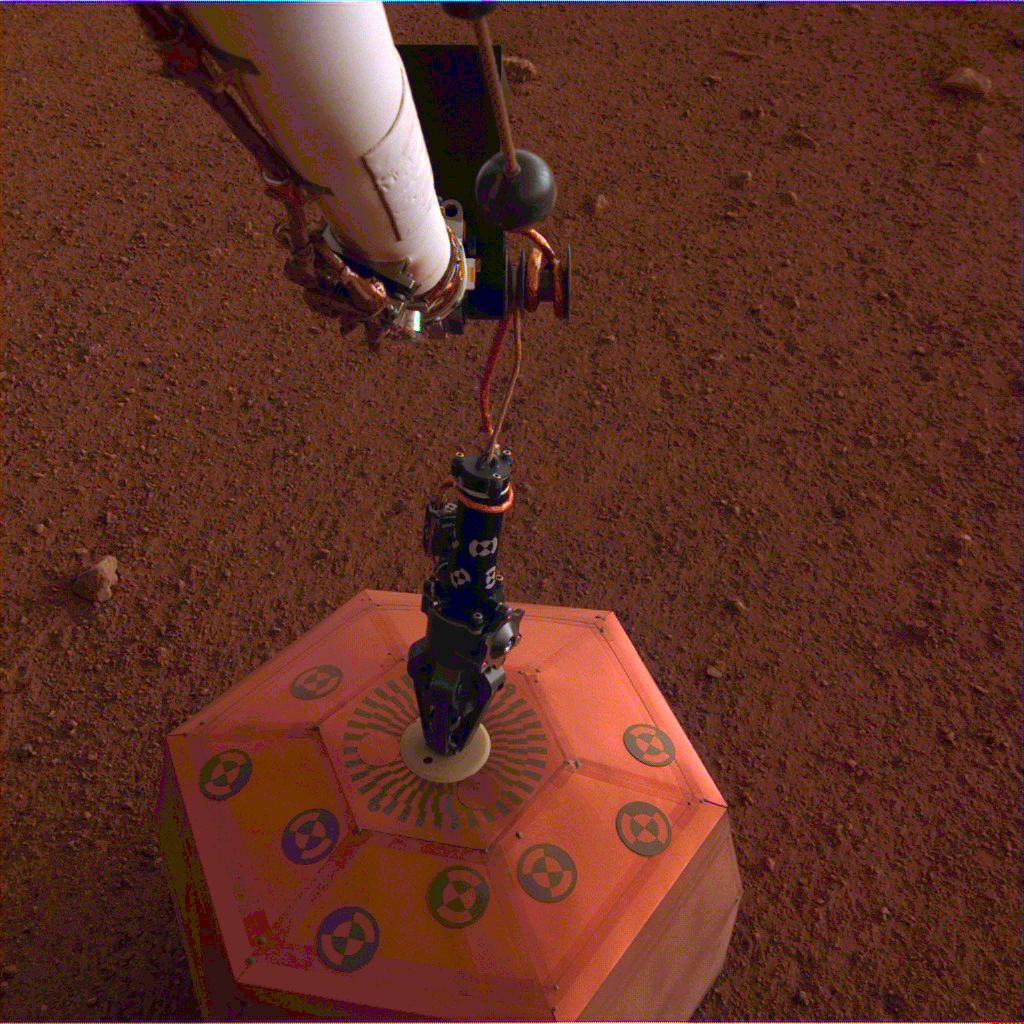In 1961, famed astronomer Frank Drake created a formula for estimating the number of extra-terrestrial intelligences (ETIs) that could exist within our galaxy. Known as the “Drake Equation“, this formula demonstrated that even by the most conservative estimates, our galaxy was likely to host at least a few advanced civilizations at any given time. About a decade later, NASA officially kicked of its search for extra-terrestrial intelligence (SETI) program.
These efforts have experienced a major infusion of interest in recent decades thanks to the discovery of thousands of extrasolar planets. To address the possibility that life may exist out there, scientists are also relying on sophisticated tools to search for telltale indicators of biological processes (aka. biosignatures) and technological activity (technosignatures), which could indicate not only life but advanced intelligence.


